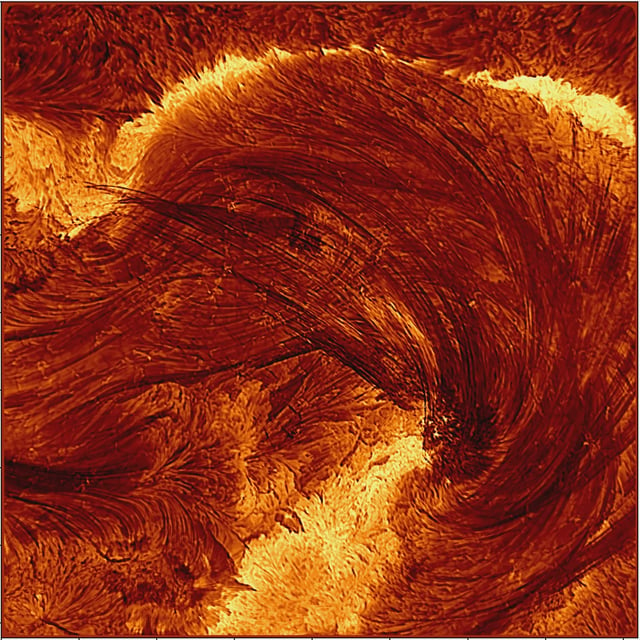Overview
- Using DKIST’s Visible Broadband Imager at the H-alpha wavelength, researchers imaged an X1.3 solar flare on August 8, 2024 at 20:12 UT during its decay phase.
- Loop strands averaged 48.2 km in width, with some features at the ~24 km instrumental limit and possibly narrowing to ~21 km.
- The dataset constitutes DKIST’s first observation of an X-class flare and the highest‑resolution H-alpha flare imagery reported to date.
- VBI’s resolving power—over two and a half times sharper than the next-best solar telescope—enabled direct measurements at long‑theorized 10–100 km scales.
- Authors propose the ultra‑fine strands may be elementary flare structures, a hypothesis flagged for follow‑up as the results appear in The Astrophysical Journal Letters.


